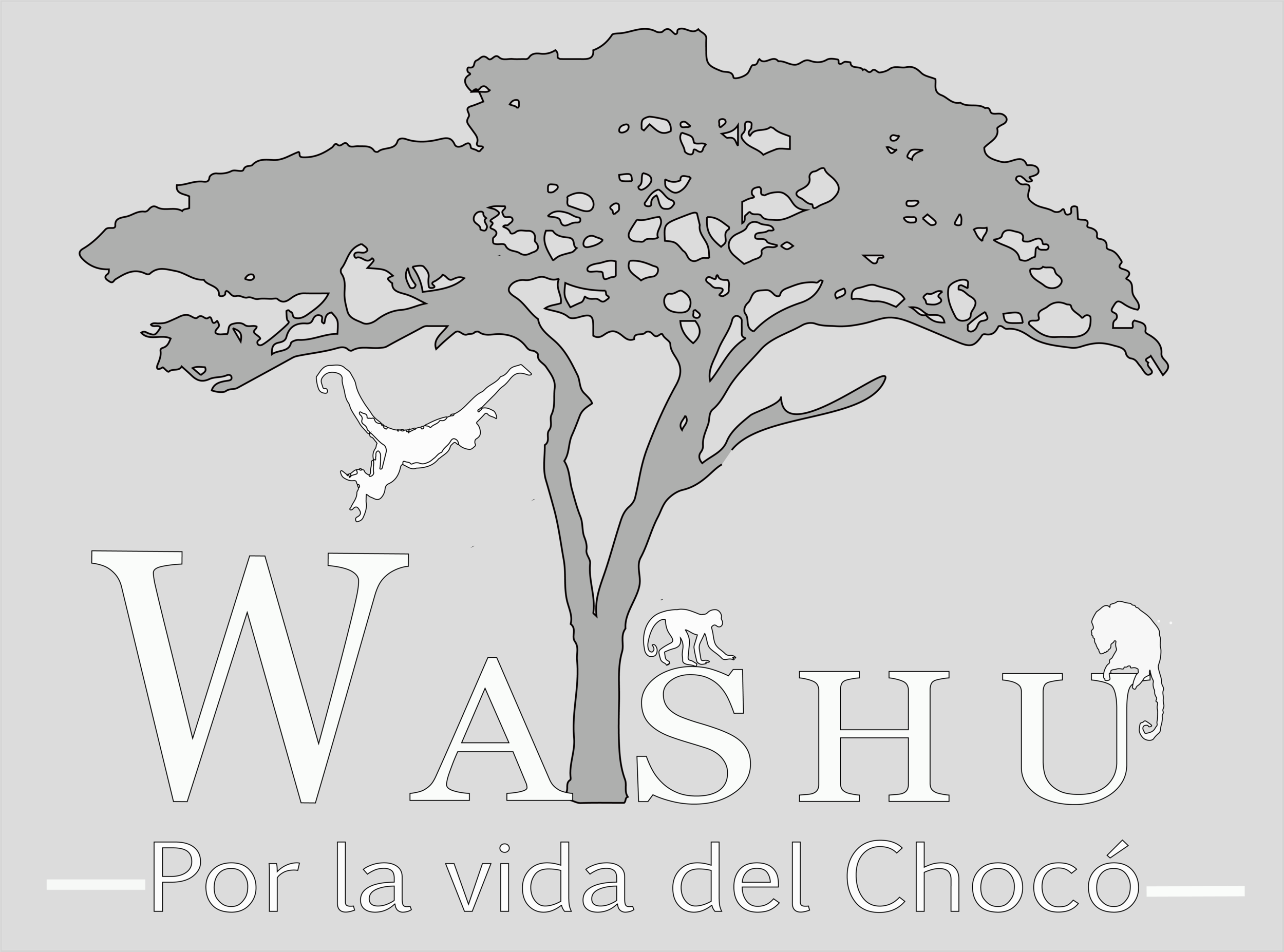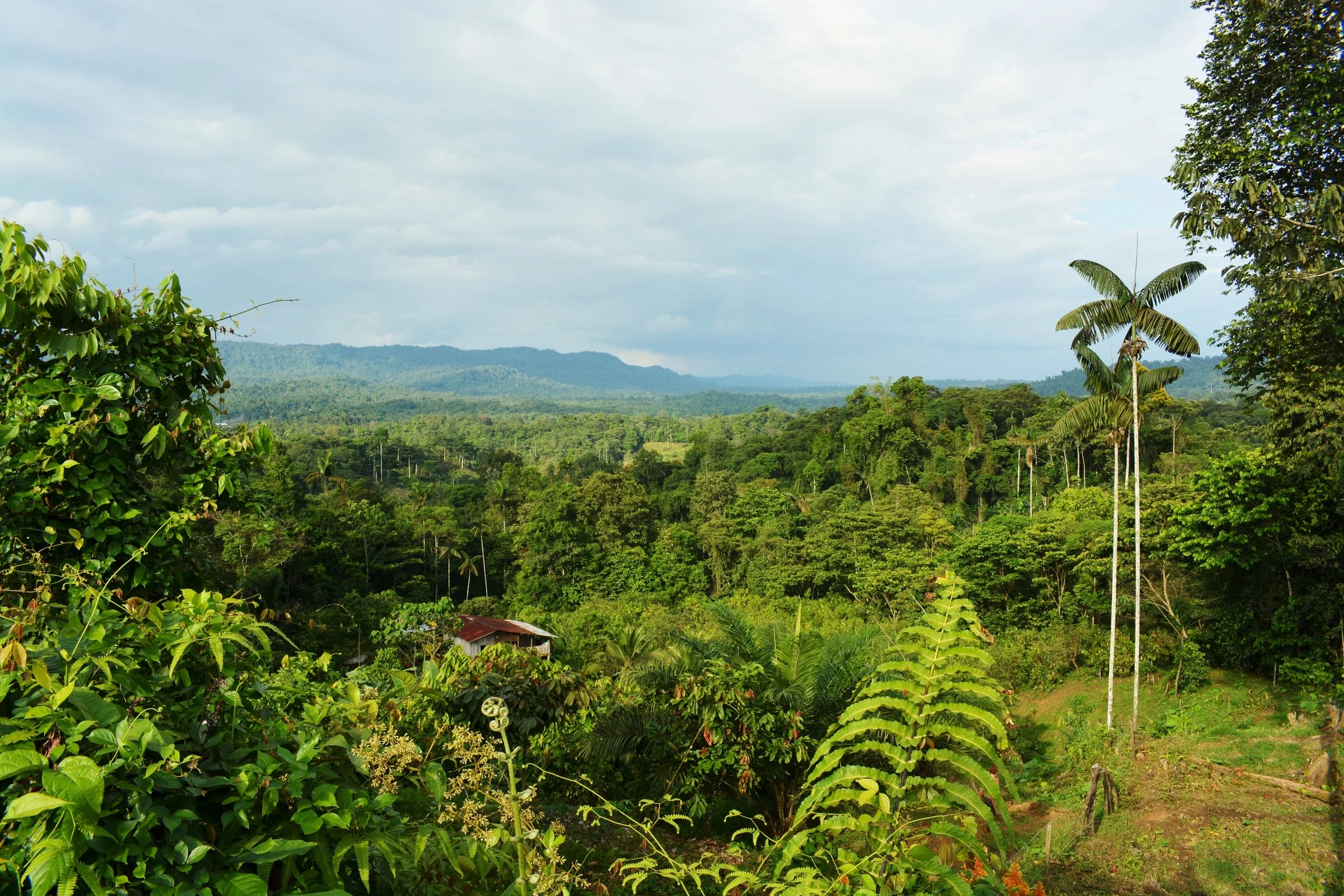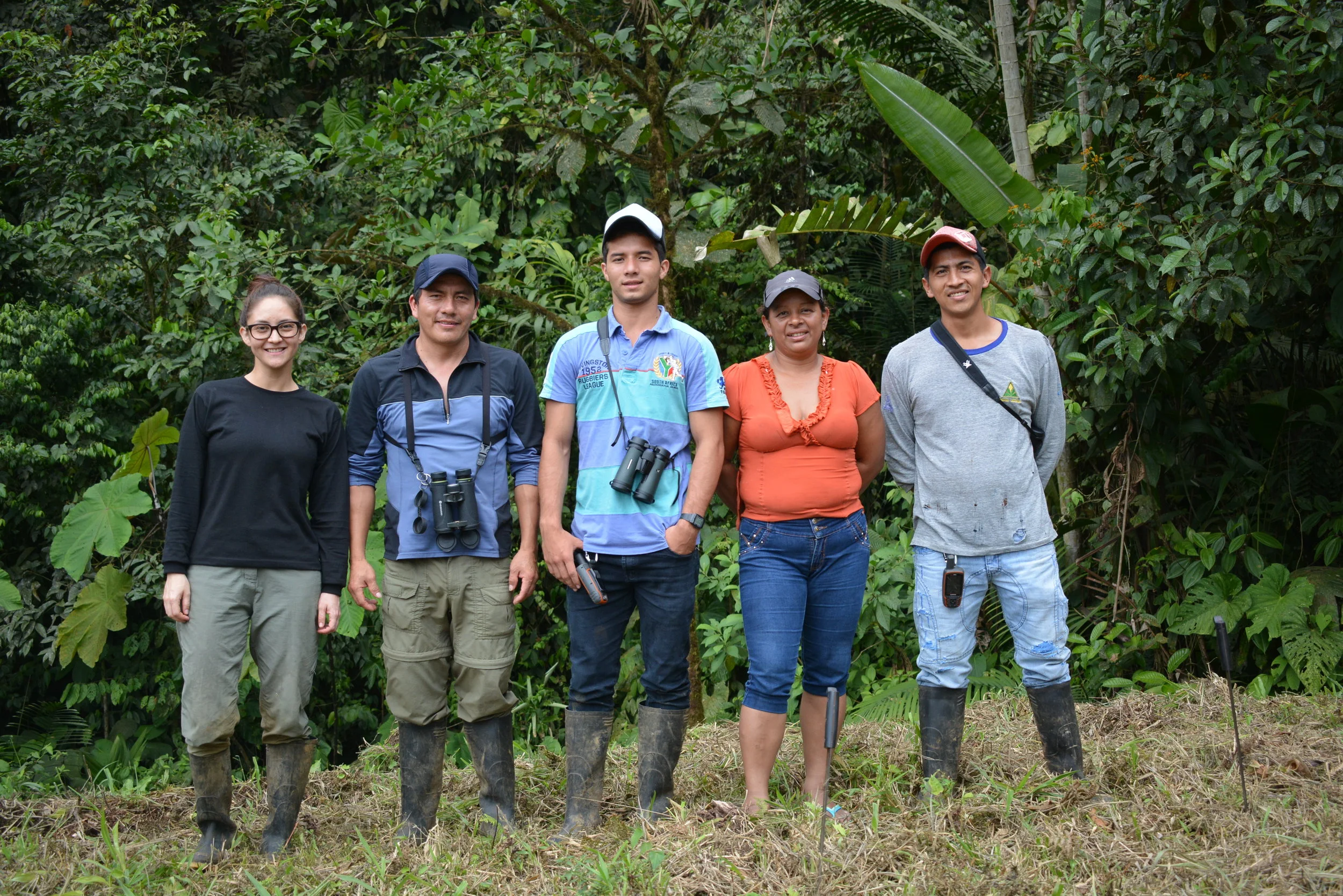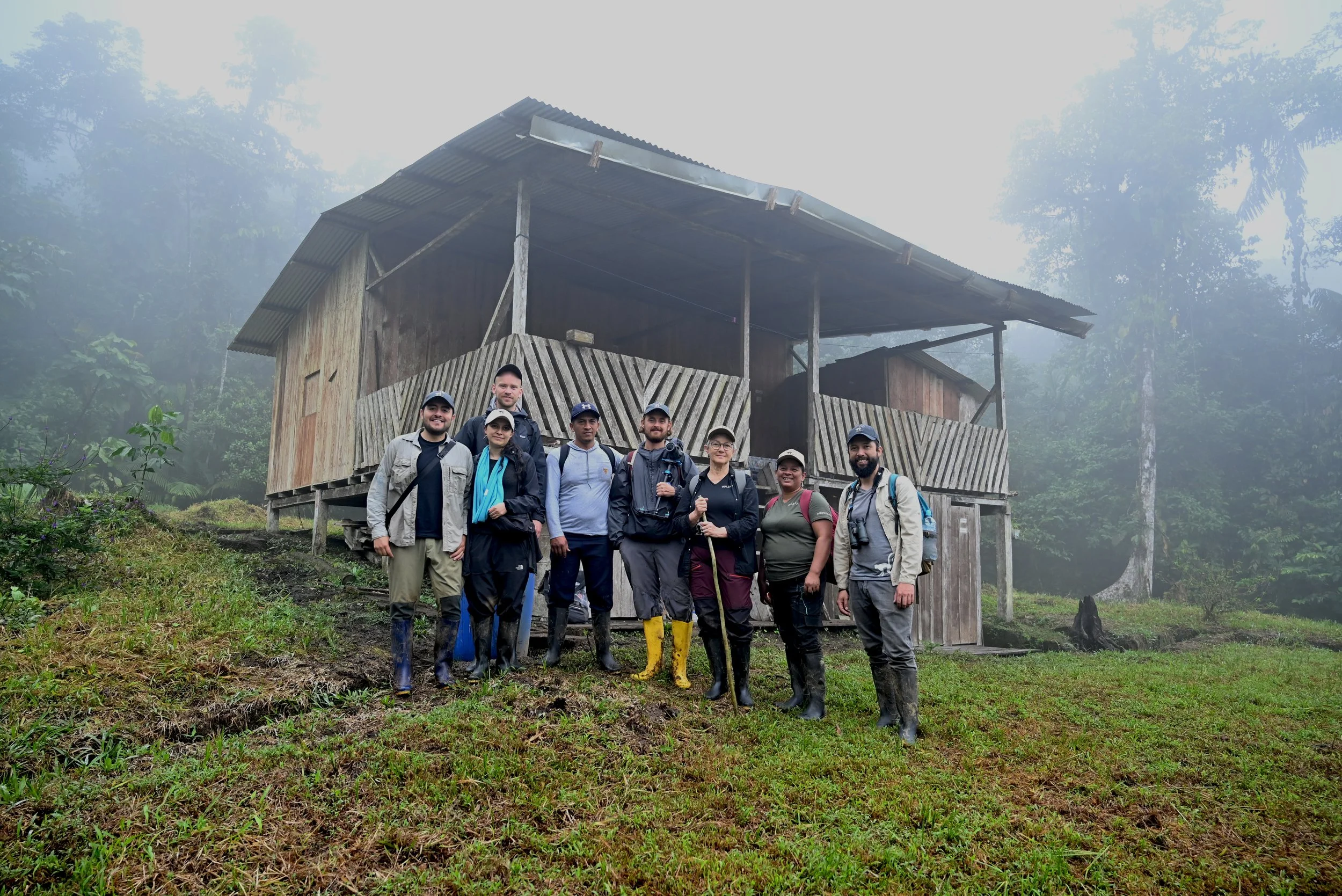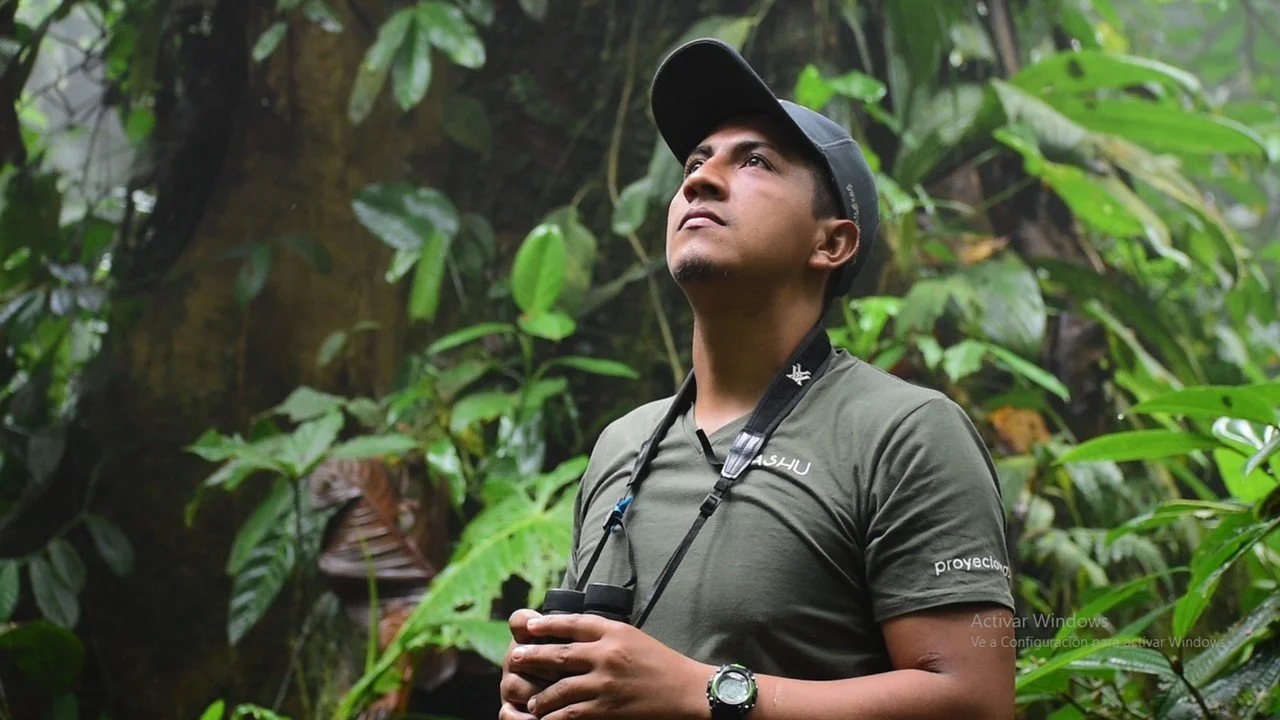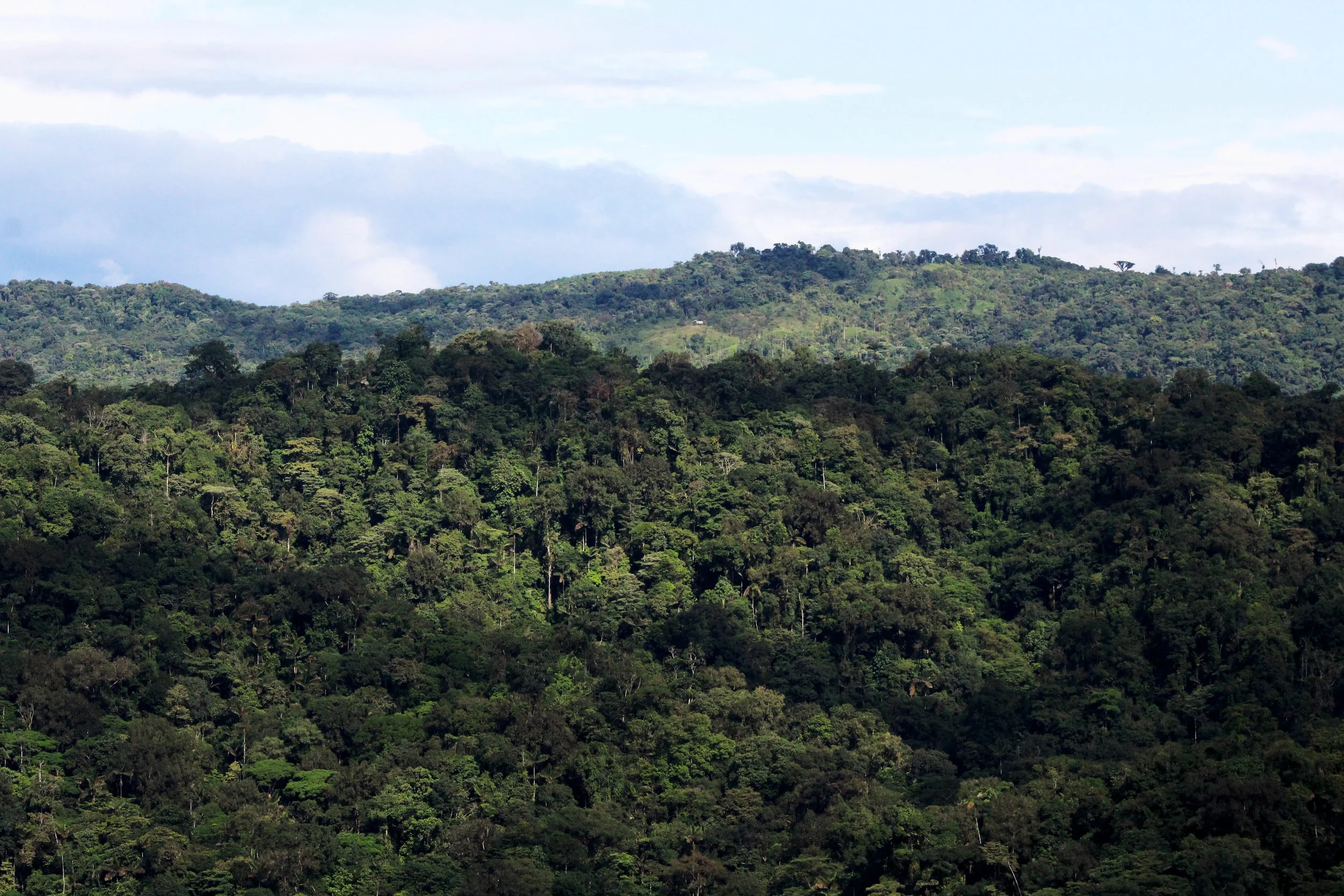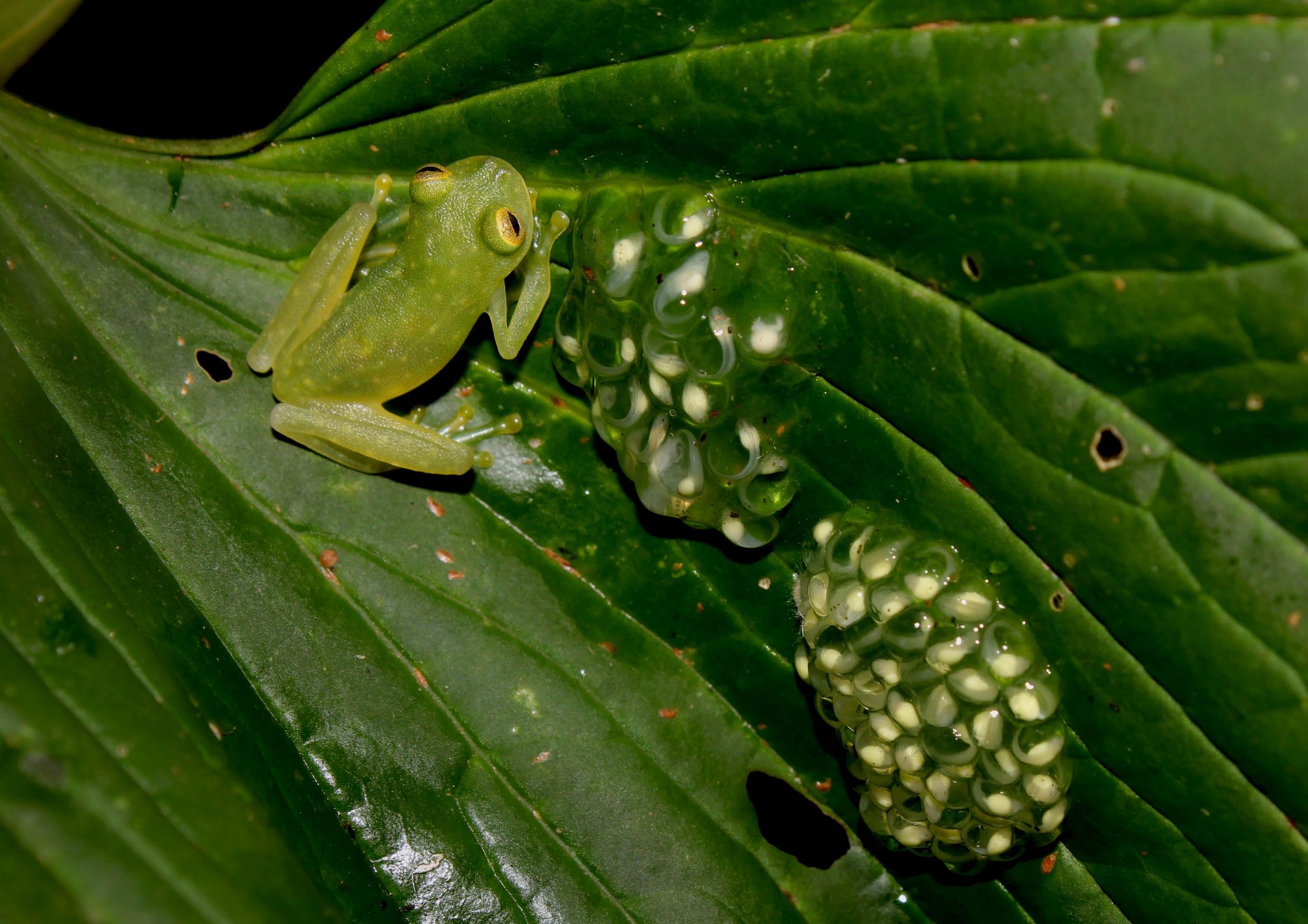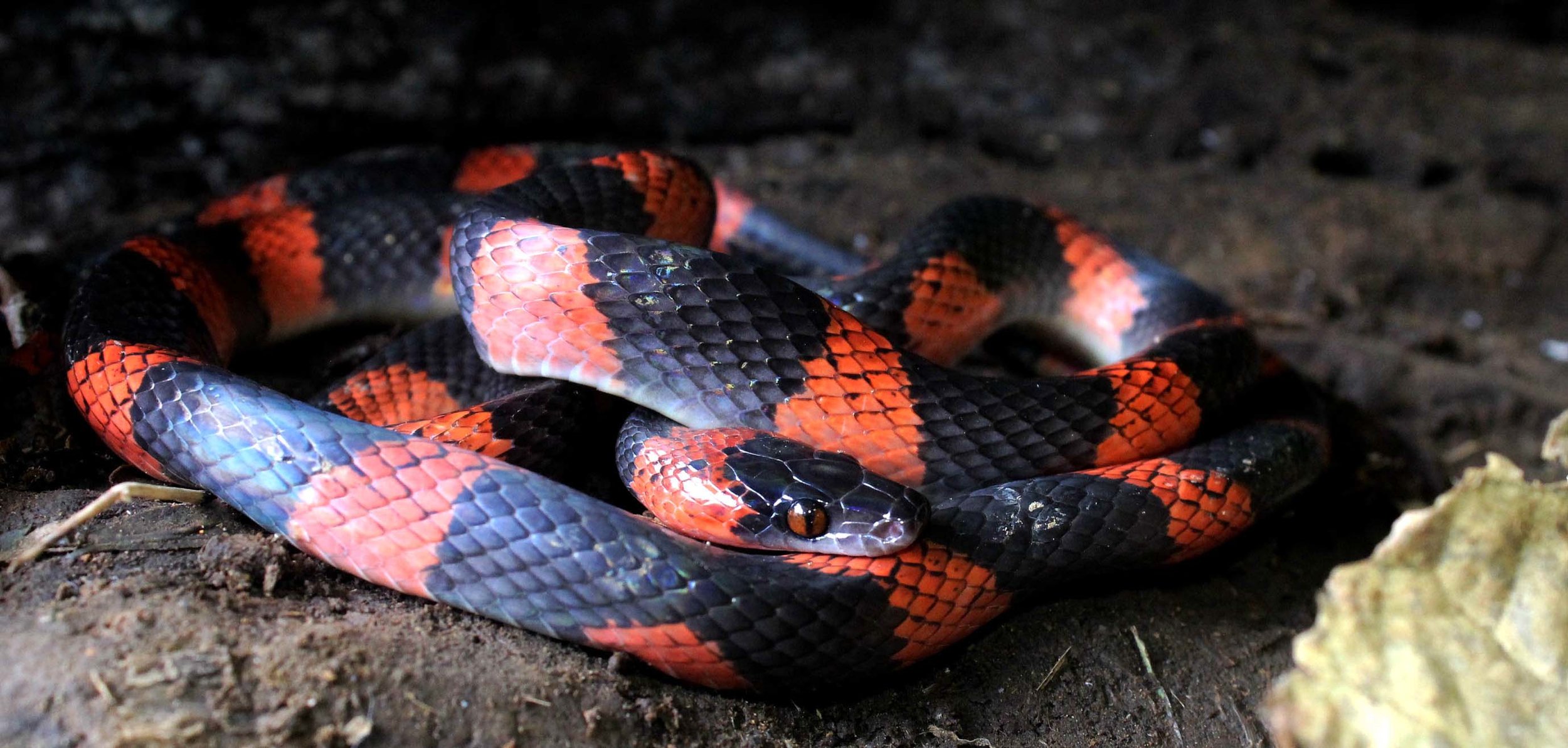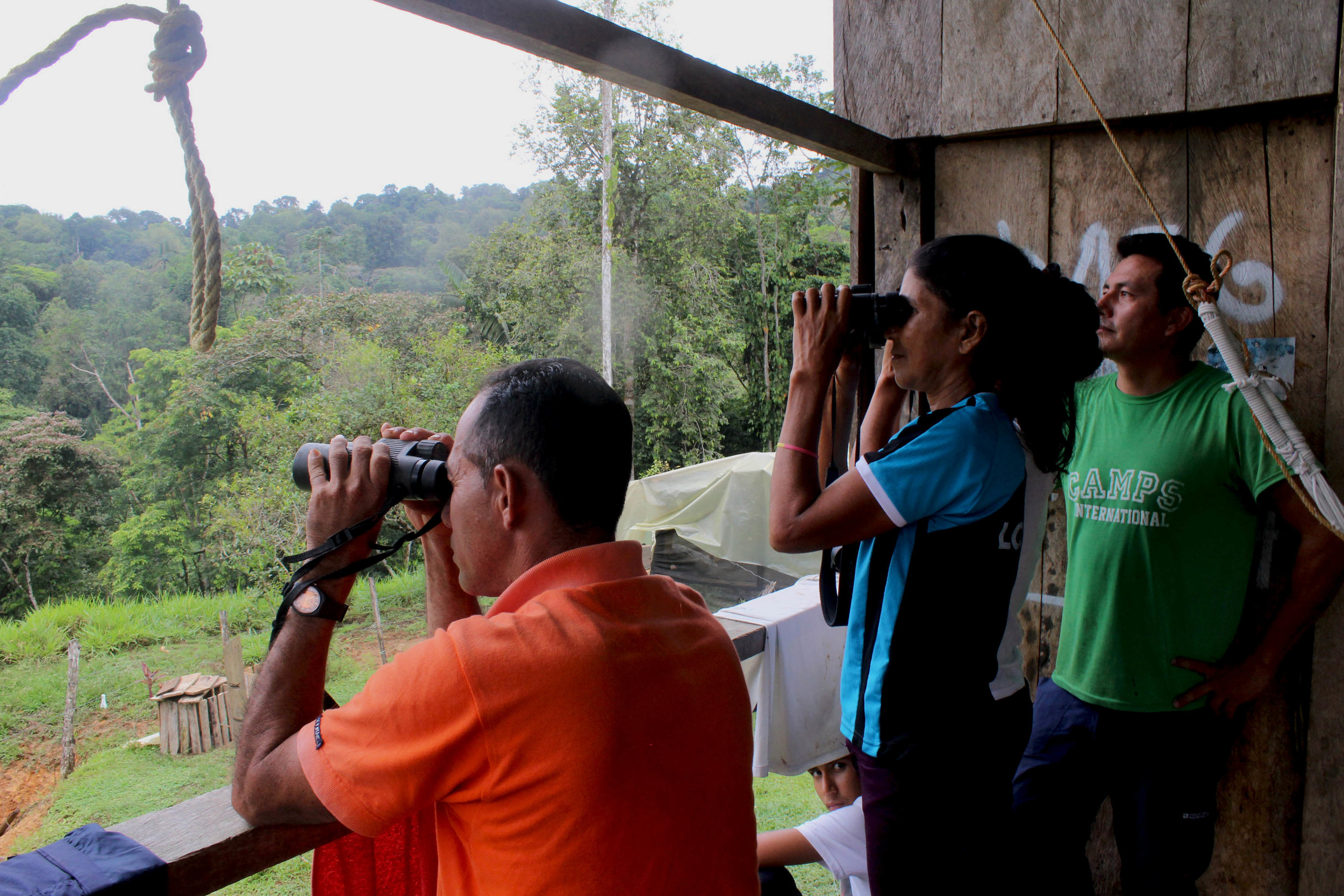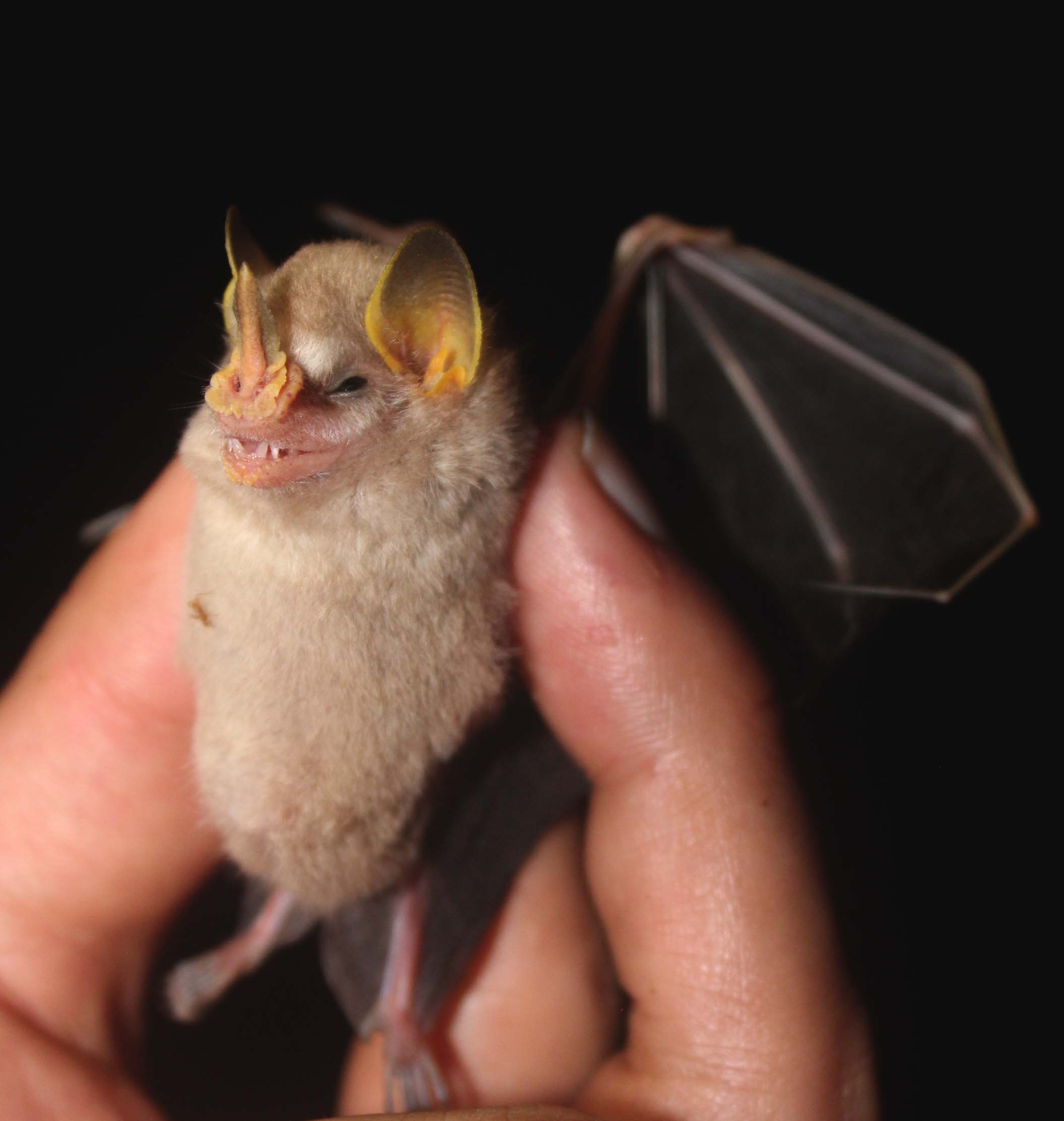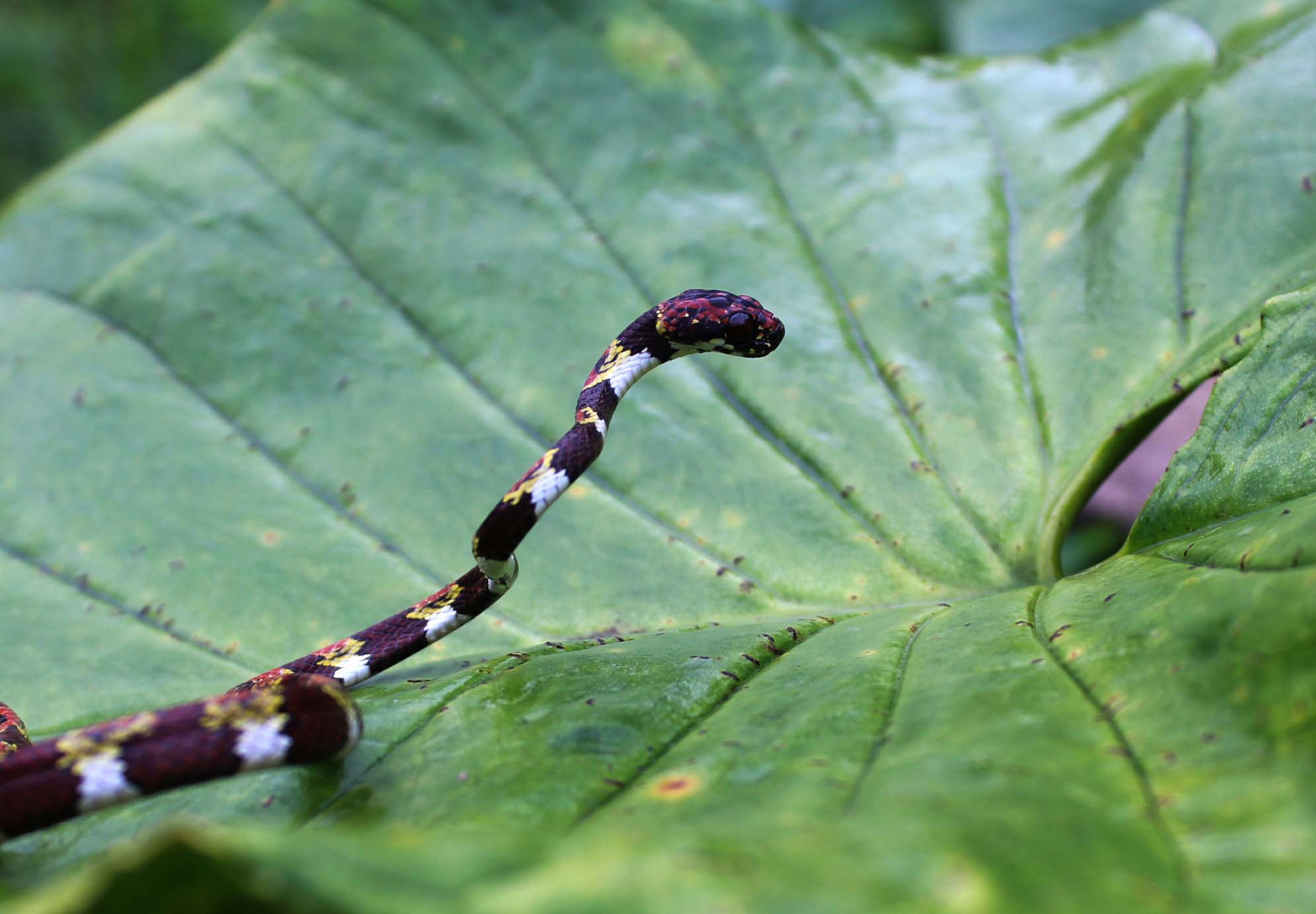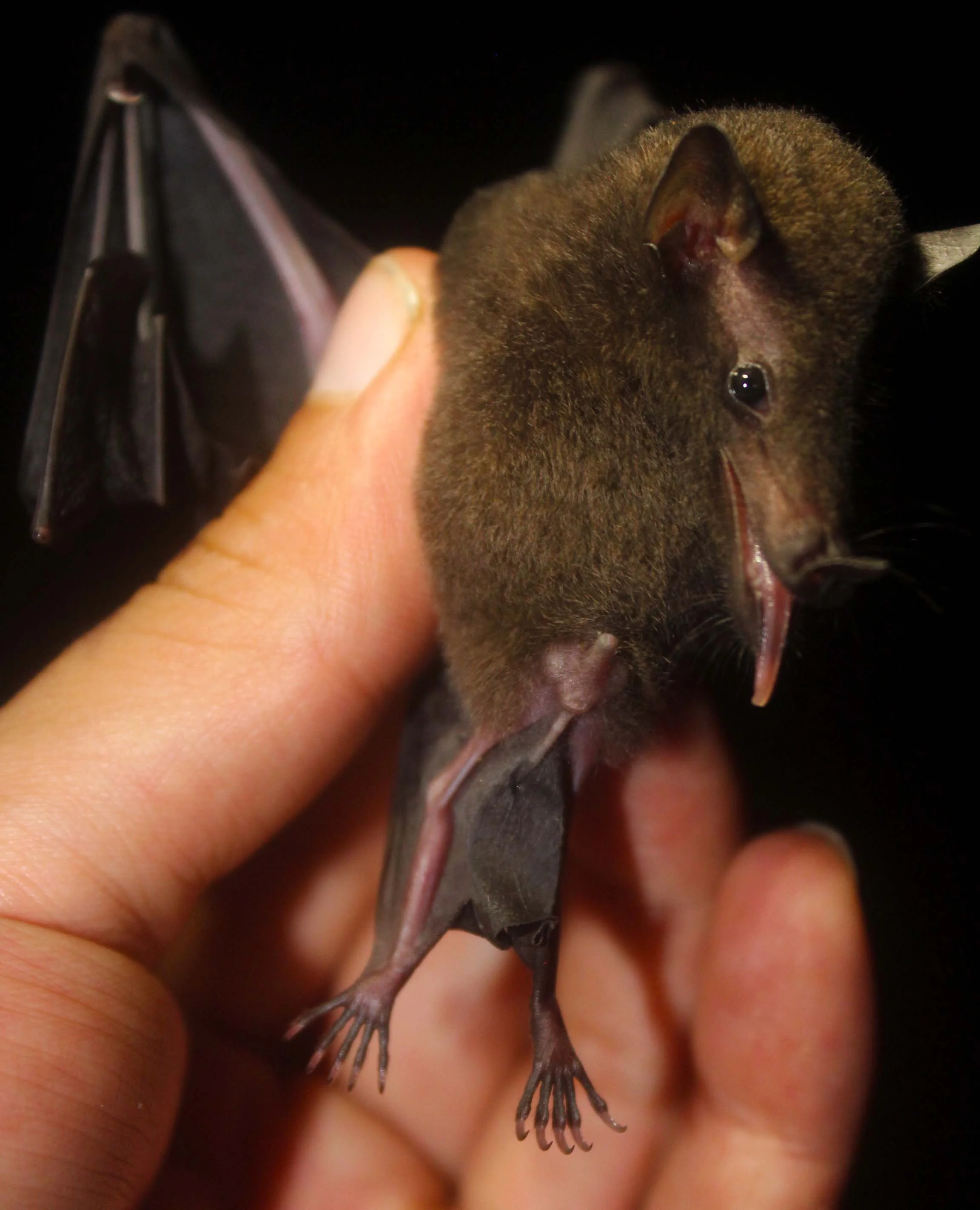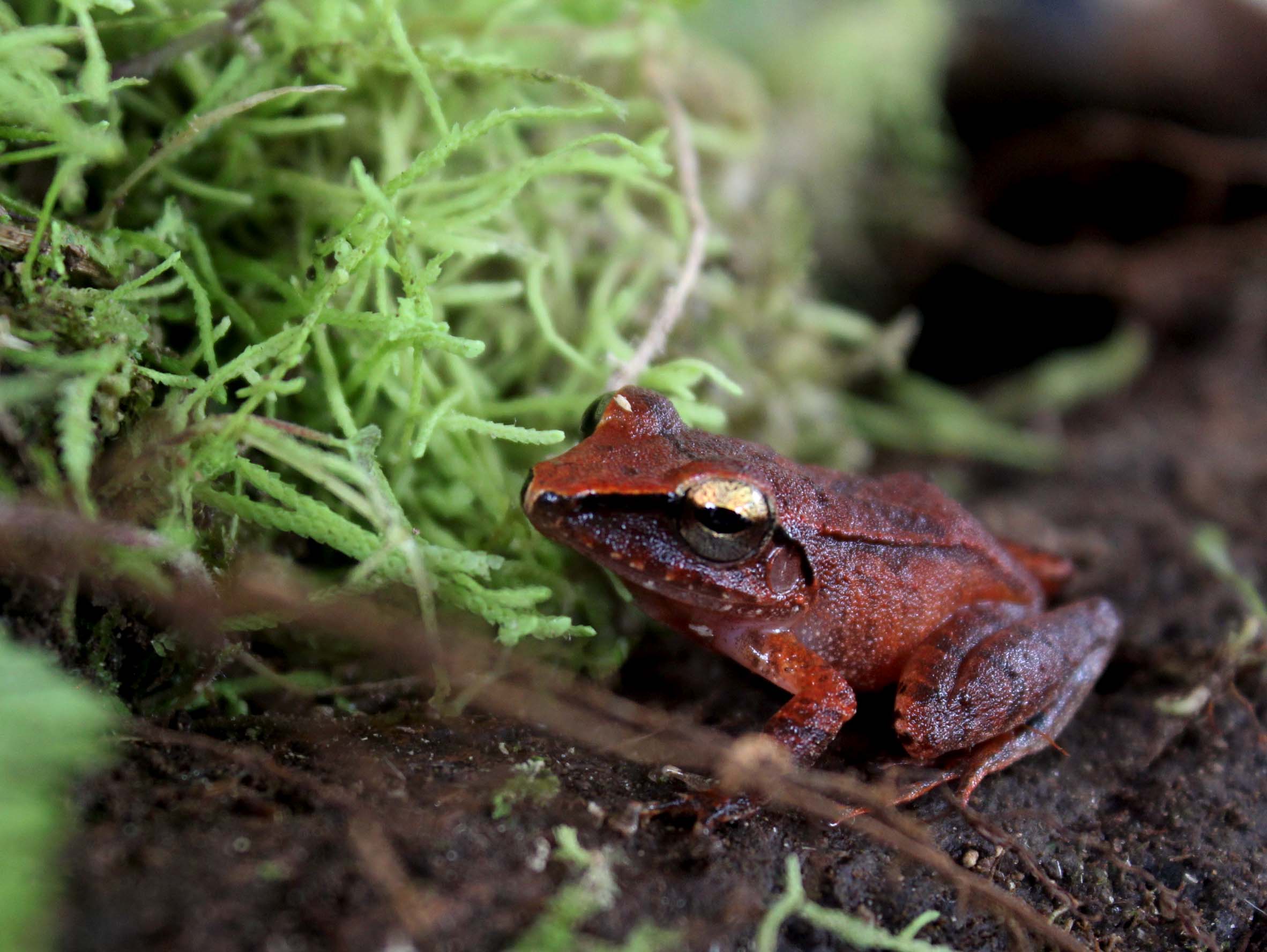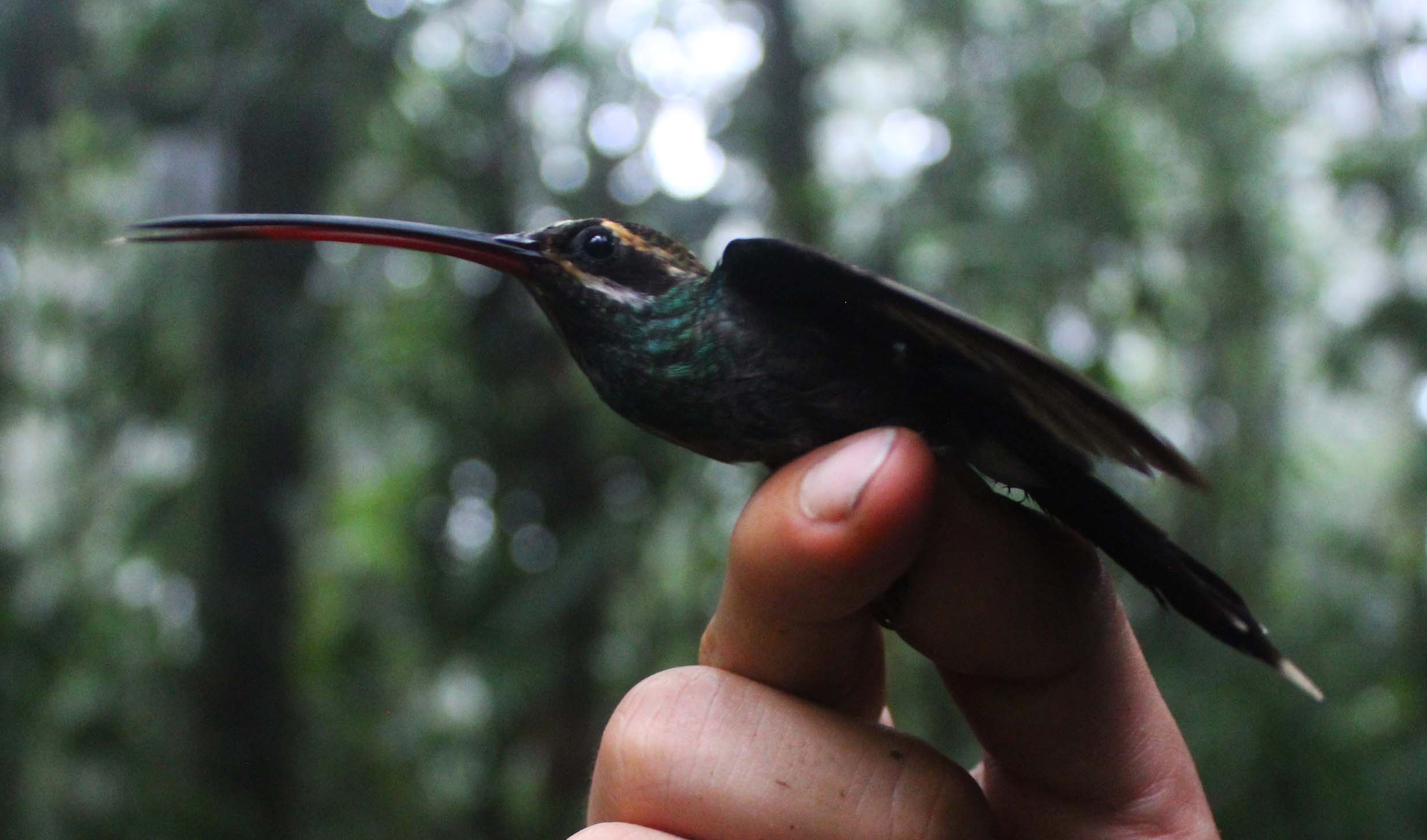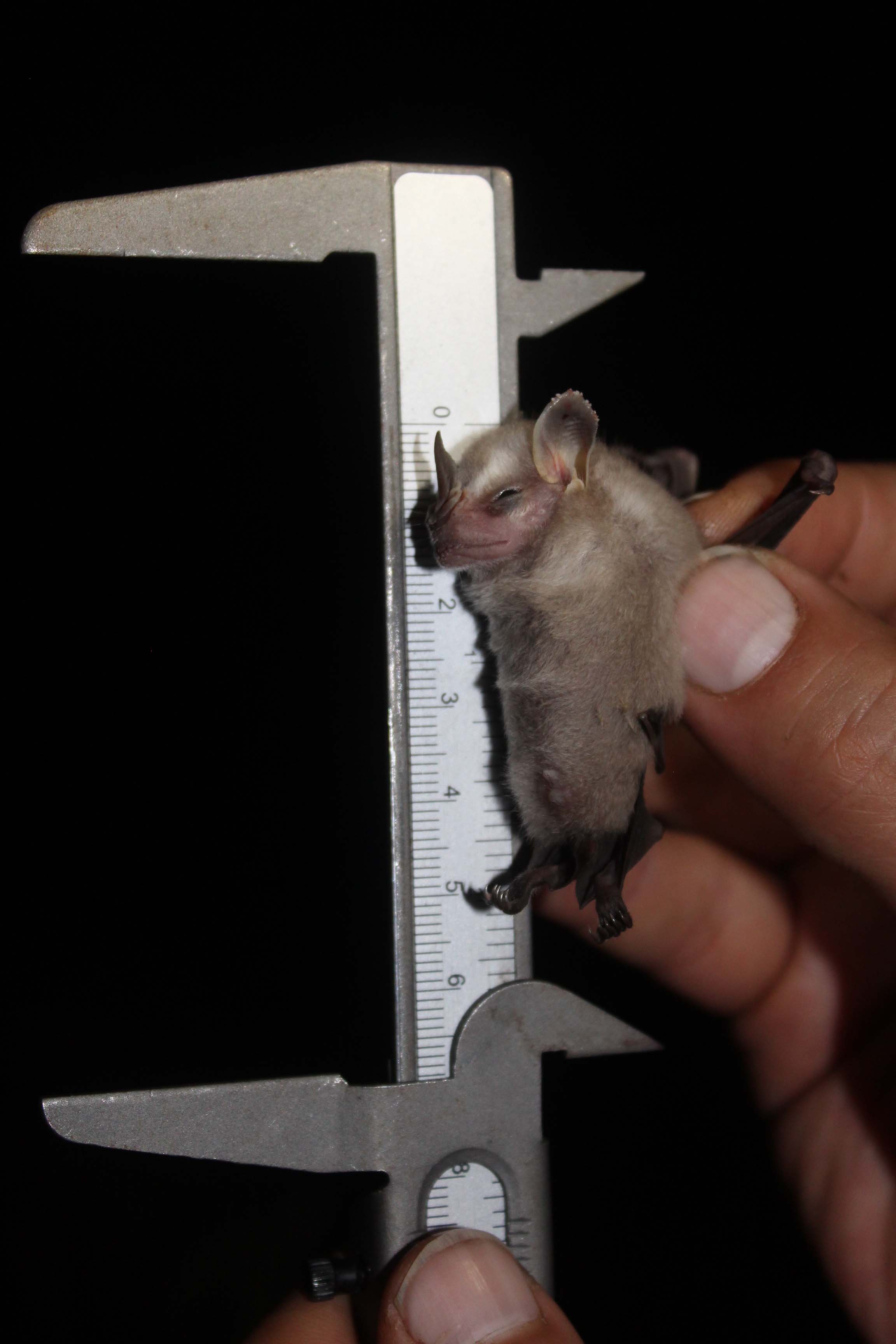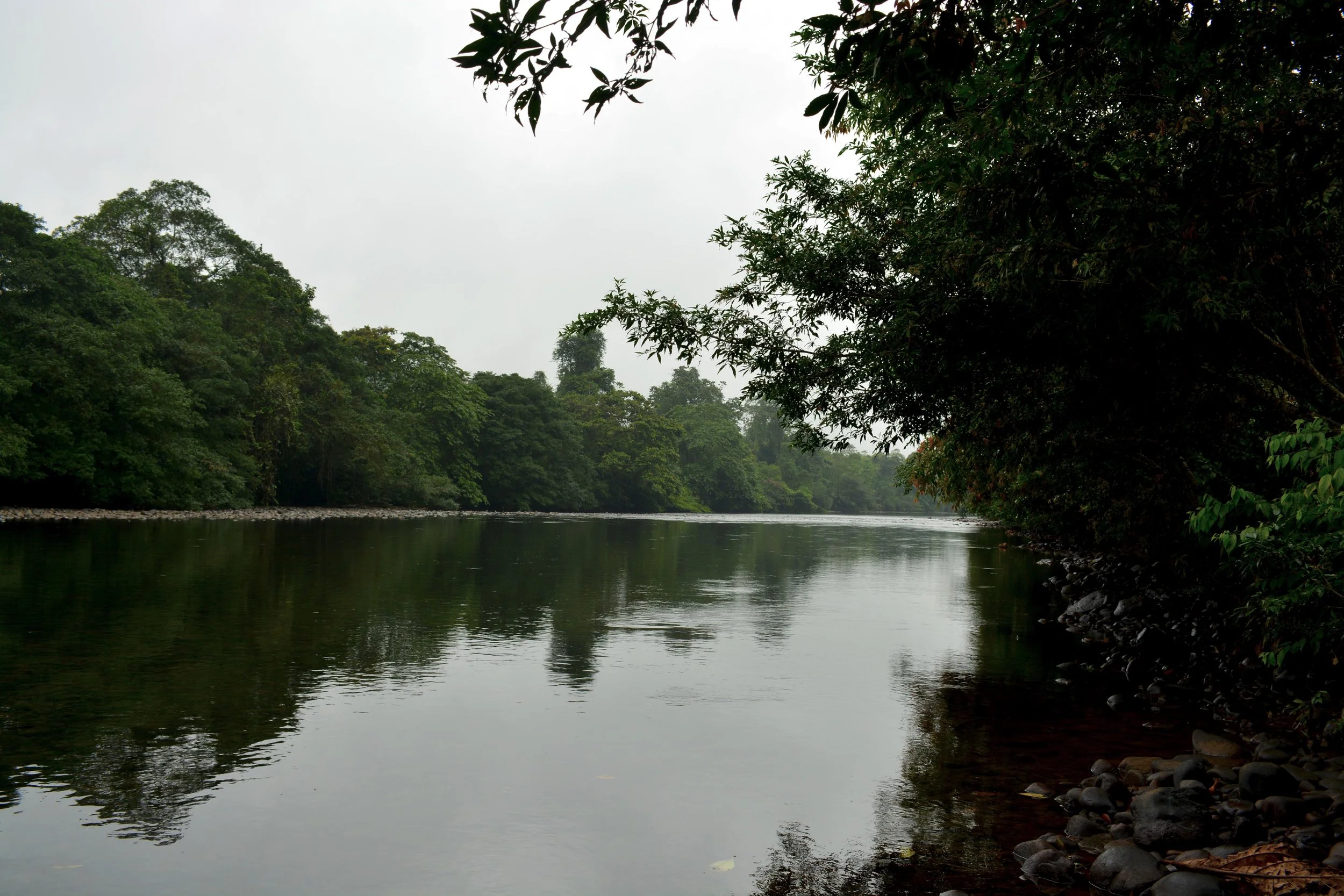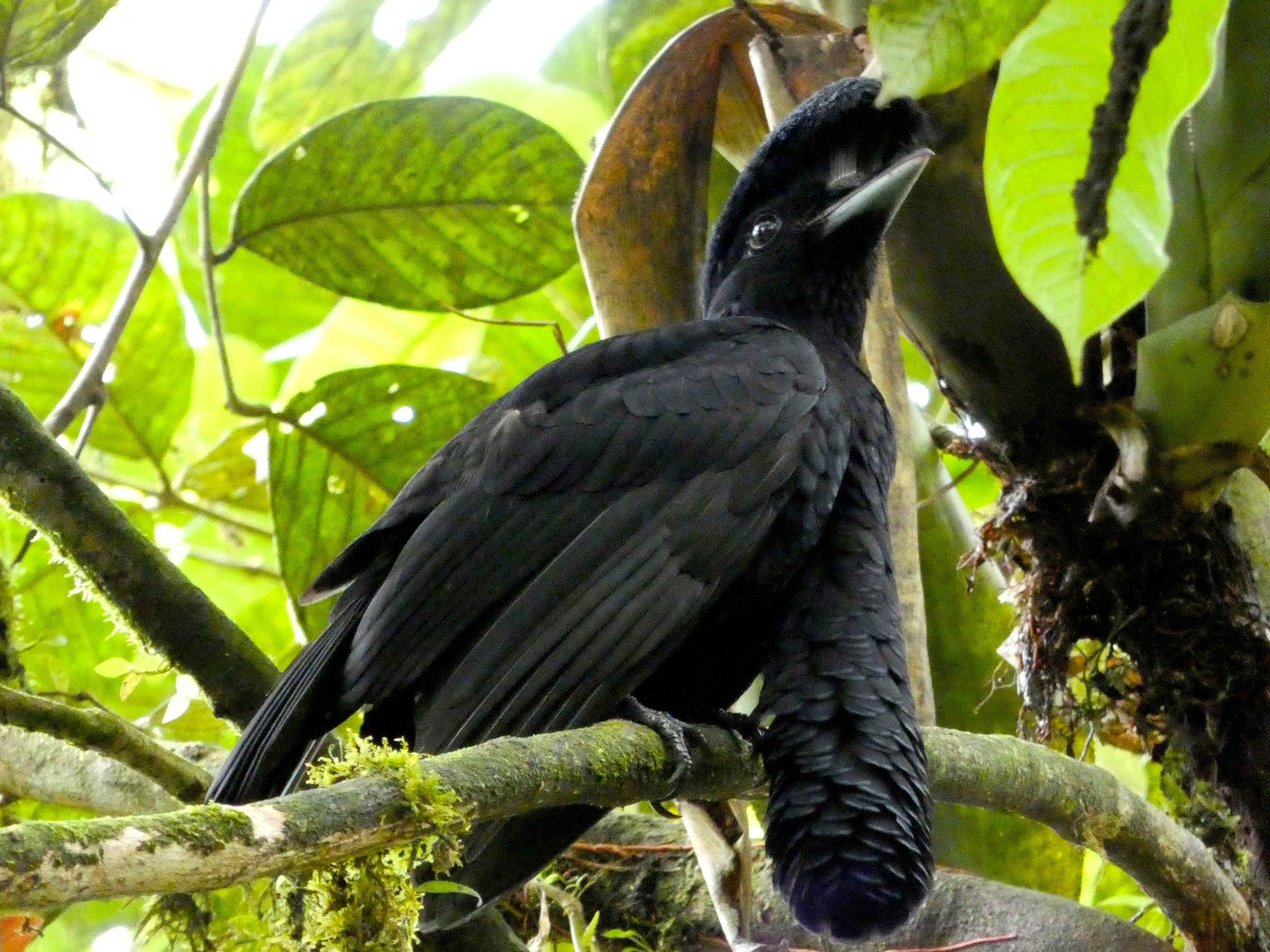JEVON FOREST BIOLOGICAL STATION
JEVON FOREST, is a protected area of 80 hectares in the heart of the forest of the Ecuadorian Chocó.
It is located in the south-east of the Esmeraldas province. It exists with the aim of promoting conservation in the area through scientific investigation, environmental education and scientific tourism.
Did you know?
In Ecuador only 2% of the primary forest in the Chocó region remains. The expansion of agricultural in frontier areas and both legal and illegal forestry have been identified as the principal causes of its destruction.
Studies
OUR FACILITIES
The station is situated in a remote area and therefore, there is no internet, phone signal is limited and electricity is available only few hours per day. We offer basic accommodation and a standard food service for up to 12 people, however for larger groups there are also camping tents available.
A network of marked trails has been established throughout the whole reserve for scientific studies and excursions.
The biological station at Jevon Forest welcomes volunteers, interns and scientists to participate in existing studies or to develop their own projects.
We provide logistical support for undergraduate and postgraduate students, as well as for independent scientists to conduct their fieldwork. Local “Parabiologists” (field assistants) are part of the reserve team and will guide you during your visit. The participation of local experts can also be arranged.
Furthermore, volunteers, interns and scientists have the option of involving themselves exclusively in station related activities or they may also participate in other programs of the organization.
Guided visits
Our guided visits of the reserve include bird watching, primate tours, night treks to learn about amphibians and reptiles, and, through a camera-trapping project, you will have an opportunity to see the mammals that live alongside us in the reserve.
We invite you to visit the community strengthening program ASOPROTESCO as part of your trip in the neighbouring community of Tesoro Escondido (which translates as “hidden treasure”). Likewise, we invite you to discover Itapoa Reserve, another place full of adventures in this same area.
How to get here?
The journey from Quito to the nearest city takes around 6 hours. From here, the length of the rest of the journey varies depending on the time of year. During the rainy season, it is necessary to travel by river for approximately 20 minutes, followed by a walk to the station, which takes approximately 2 hours. During the dry season, the first part of the journey is done by car, followed by the 2 hour walk.
